Guide to Writing a Police Statement Effectively
Did you know that the quality of a police statement can make or break a criminal investigation? In fact, a well-written statement can significantly impact the outcome of a case, providing crucial information to law enforcement officers and prosecutors.
Writing a police statement requires more than just penning down the facts. It involves clear and concise reporting that follows specific guidelines to ensure accuracy and effectiveness.
In this article, I will provide you with valuable tips and techniques on how to write a police statement that is clear, concise, complete, and correct. We will explore the importance of organization, clarity, and adjusting your writing style to meet the requirements of police reports. By following these guidelines, you will be able to create a professional and impactful statement that serves as a valuable resource in the criminal justice system.
Key Takeaways:
- Writing a police statement requires clear and concise reporting.
- Follow the 4 C’s: be clear, concise, complete, and correct.
- Formatting is crucial, with a properly structured heading and paragraph format.
- Write in active voice, be direct and concrete, and avoid slang or biased language.
- By following the guidelines in this article, you can create a professional and impactful police statement.
Understanding the Basics of Police Report Writing
When it comes to drafting a police statement, there are important steps to follow to ensure accuracy and clarity. Understanding the format for a police statement is crucial for effective communication within the law enforcement community. In this section, I will explain the key elements of police report writing and provide examples of well-structured statements.
First and foremost, police reports should be written in first person and past tense. This helps maintain objectivity and ensures consistency throughout the report. Organizing the report in chronological order is essential to present a clear timeline of events.
The statement should begin with the officer’s arrival on the scene, describing the initial observations and the nature of the incident. Key details such as the location, date, and time should be included at the beginning to provide context.
The body of the report should answer the 5 W’s and H: who, what, when, where, why, and how. Each sentence should focus on one idea to maintain clarity. It is advisable to use clear and concise sentences, avoiding excessive use of commas and eliminating fillers.
Active voice is preferred over passive voice to enhance the report’s impact and readability. This writing style provides a more direct and assertive tone, making the statement more compelling. Additionally, the use of lists can be helpful in recording evidence or statements, ensuring all relevant information is documented.
To give you a better understanding of the format for a police statement, here’s an example of a well-structured statement:

Example of a Police Statement:
| Section | Details |
|---|---|
| Introduction | Date: October 15, 2022 Time: 9:30 PM Location: 123 Main Street, Anytown Nature of Call: Robbery in progress |
| Body | Upon arrival, I observed a masked individual fleeing the scene on foot. I pursued the suspect and apprehended them approximately two blocks away from the crime scene. A search of the suspect’s person revealed stolen items matching the description provided by the victim. The suspect was then taken into custody and transported to the local police station for further questioning. |
By following these steps and adhering to the proper format, officers can draft comprehensive and well-structured police statements. This ensures that all essential information is documented accurately, aiding in investigations and legal proceedings.
Importance of Organization and Clarity in Police Reports
| Key Points |
|---|
| Reports should be written in true chronological order, based on the events as they occurred. |
| Introduce people, places, and necessary information to set the scene before describing the action. |
| Document all facts, evidence, and statements obtained from witnesses or the suspect. |
| Clear and complete reports serve as a guide for prosecutors and other parties involved in the case. |
When writing a police report, organization and clarity play a crucial role in effectively conveying information. It is essential to ensure that the report is accurately and coherently structured. A well-organized report follows the true chronological order of events based on how they occurred, providing a clear timeline for better understanding. By presenting information in this manner, it becomes easier to connect the dots and establish a comprehensive narrative.
Furthermore, introducing people, places, and any other relevant details helps set the scene before delving into the action. This approach provides context and aids readers in visualizing the sequence of events. Whether it’s a witness statement or a report on a crime scene investigation, capturing the necessary information upfront sets the stage for a precise and accurate account.
It is crucial to document all facts, evidence, and statements obtained from witnesses or the suspect. These details contribute to the thoroughness and completeness of the report. By including this information, the report becomes a comprehensive resource for prosecutors, investigators, and other parties involved in the case. Not only does it support the decision-making process, but it also ensures that all pertinent information is readily accessible.
By prioritizing organization and clarity in police reports, law enforcement professionals can create reports that are valuable tools in the legal process. A well-structured and detailed report helps prosecutors build their case, facilitates communication between different parties, and allows for a clear understanding of the events under investigation. With organization and clarity as guiding principles, police reports become powerful documents that contribute to the pursuit of justice.

Adjusting Writing Style for Police Reports
When it comes to writing police reports, you need to adjust your writing style compared to traditional academic essays. The key is to stick to the facts and use straightforward language and ordinary vocabulary. This ensures that your report is clear and easily understood.
I encourage you to use names and pronouns instead of impersonal terminology. This personalizes the report and makes it more relatable. Each sentence should focus on a single idea to maintain clarity and prevent confusion. Start your sentences with a person, place, or thing, as this follows standard sentence structure.
Active voice is preferred over passive voice in police reports. This helps to make the report more concise and direct. Additionally, consider using lists when recording evidence or statements. Lists save time and make it easier to organize information.
It’s important to eliminate fillers and repetition from your report. Stick to the necessary information and avoid including irrelevant details. Remember, word count is not a concern in police reports. Focus on providing a clear and accurate account of the incident.
| Adjustment | Benefits |
|---|---|
| Stick to the facts | Clear and concise report |
| Use straightforward language | Easily understood by all parties |
| Personalize the report with names and pronouns | Relatable and engaging |
| Focus on single ideas | Clarity and prevent confusion |
| Active voice | Concise and direct |
| Use lists for organizing information | Efficient and time-saving |
| Eliminate fillers and repetition | Clear and focused report |
Ensuring Clarity and Accuracy in Police Statements
When it comes to writing a police statement, clarity and accuracy are of utmost importance. As law enforcement officers, we need to communicate the facts clearly and concisely, avoiding any confusion or misinterpretation. To ensure that our statements are accurate and reliable, here are some key steps to follow:
- Use straightforward language: It is crucial to use clear and straightforward language in our statements. Avoid using outdated expressions or impersonal terminology that may obscure the meaning of our words.
- Limit sentences to one idea: To maintain clarity, it is best to limit each sentence to one clear idea. This approach reduces the risk of errors and ensures that our statements are easily understood.
- Start each sentence with a person, place, or thing: Following the normal sentence structure in English, begin each sentence with a person, place, or thing. This practice helps provide a clear subject and improves the overall readability of our statements.
- Use active voice: Employing active voice in our statements ensures objectivity and accuracy. Active voice places emphasis on the subject performing the action, making the statement more direct and straightforward.
- Utilize lists: Lists can be beneficial when recording evidence or statements from witnesses. Organizing information in a list format helps maintain clarity and ensures that all crucial details are captured.
- Avoid fillers and repetition: To enhance the clarity and accuracy of our statements, it is essential to eliminate fillers and repetition. Focus on providing concise and relevant information without unnecessary repetition of ideas or details.
By following these steps, we can ensure that our police statements are clear, accurate, and effective in documenting the facts of an incident. Let’s strive for clarity and accuracy in all aspects of our work to uphold the highest standards of law enforcement.
Best Practices for Efficient Report Writing
Efficient report writing is crucial for effective law enforcement. By following a few best practices, you can create professional and impactful police reports. Here are some tips to enhance your report writing skills:
1. Use Clear and Concise Language
When writing a police report, use straightforward language that is easy to understand. Avoid using jargon or technical terms that may confuse readers. Keep your sentences concise and to the point, focusing on the most important details.
2. Stick to the Facts
Ensure that your report contains only relevant information and sticks to the facts of the case. Avoid including personal opinions or assumptions. Stick to what you observed or what the witnesses said.
3. Provide a Clear Introduction
Start your report with a clear and concise introduction that establishes the necessary context. Include the date, time, and location of the incident, as well as a brief overview of what happened. This sets the stage for the rest of the report.
4. Write in Active Voice
Use active voice in your report writing to make it more engaging and impactful. Active voice emphasizes the subject performing the action, making your report more direct and concise.
5. Use Direct Quotes Sparingly
Include direct quotes in your report only when necessary and relevant. Direct quotes can be used to capture the exact words spoken by a witness or suspect. However, avoid overusing quotes as they can clutter your report.
6. Avoid Slang, Vulgarities, and Insensitive Language
Unless quoting someone else, avoid using slang, vulgarities, or insensitive language in your report. Maintain a professional tone and use language that is respectful and appropriate for the situation.
7. Eliminate Fillers and Repetition
To make your report more efficient, eliminate fillers such as unnecessary adjectives or repetitive phrases. Streamline your writing to focus on essential information and eliminate any redundancies.
| Best Practices for Efficient Report Writing |
|---|
| Use clear and concise language |
| Stick to the facts |
| Provide a clear introduction |
| Write in active voice |
| Use direct quotes sparingly |
| Avoid slang, vulgarities, and insensitive language |
| Eliminate fillers and repetition |
By following these best practices, you can ensure that your police reports are clear, concise, and effective. Good report writing not only helps with investigations but also contributes to the overall professionalism and efficiency of law enforcement.
Overcoming Challenges in Police Report Writing
Writing a police report can present various challenges, especially when dealing with multiple perspectives, a significant amount of evidence, or events that occurred over an extended time period. To overcome these challenges and create an effective police report, it is vital to follow certain guidelines and techniques.
- Stick to the True Chronological Order: Maintain the correct sequence of events by organizing your report in the order they occurred. This ensures accuracy and a clear understanding of the incident.
- Focus on Investigation Findings: Your report should tell the story based on the facts and evidence gathered during the investigation. It’s essential to keep your report objective and avoid personal opinions.
- Introduce Relevant Individuals: To provide clarity in your report, introduce all individuals involved in the incident, including victims, witnesses, and suspects. Clearly identify their roles and provide any pertinent information about them.
- Set the Scene: Create a vivid picture of the incident by providing a clear and concise scene-setting. Include details such as the location, date, and time of the event, as well as any other contextual information that could be relevant.
- Incorporate All Necessary Facts and Evidence: Ensure your report is complete and comprehensive by including all relevant facts and evidence related to the incident. This includes witness statements, physical evidence, photographs, and any other supporting documentation.
By employing these effective writing techniques and adhering to best practices, you can overcome the challenges associated with police report writing. Producing a clear, accurate, and thorough report not only assists in investigations but also contributes to the administration of justice.
For a better understanding, visual reference, observe the following table:
| Challenge | Solution |
|---|---|
| Dealing with multiple perspectives | Focus on objective facts and evidence, clearly indicating each perspective. |
| Managing a significant amount of evidence | Organize evidence systematically, referencing it appropriately in the report. |
| Handling events over an extended time period | Reconstruct the chronological order of events, separating them into relevant sections. |
Benefits of Efficient Report Writing for Law Enforcement
Efficient report writing plays a vital role in law enforcement, offering numerous benefits to agencies and personnel. When officers create well-written reports, they produce clear and accurate records of incidents, providing valuable information for investigations and legal proceedings. These reports assist prosecutors in presenting a coherent narrative during trials, ensuring that the facts are communicated effectively. By documenting all the necessary details in a concise and organized manner, efficient report writing saves valuable time and resources for law enforcement agencies.
In addition to aiding investigations, efficient report writing also improves communication and collaboration within law enforcement agencies and with other stakeholders. Clear and well-structured reports facilitate a smooth flow of information between different departments, enhancing coordination and efficiency. Furthermore, these reports serve as a valuable resource for future reference, allowing officers to track patterns, identify trends, and make informed decisions based on accurate data.
To achieve efficient report writing, officers should follow the guidelines and best practices for writing a police statement. This includes using a clear and concise writing style, focusing on important details, and avoiding unnecessary information. By adhering to proper formatting and organization, officers can create reports that are easy to read and understand. The use of active voice, direct quotes, and objective language ensures accuracy and professionalism.
Ultimately, efficient report writing not only contributes to effective law enforcement but also enhances the overall professionalism of officers. By providing clear, accurate, and well-structured reports, law enforcement agencies can streamline their operations, improve collaboration, and enhance their ability to serve and protect the community.
- Canada Arrest Protocol: What Police Say Upon Arrest - June 12, 2025
- Can Police Disclose Who Reported You? Find Out Here - June 6, 2025
- 2025 Window Rebates Ontario: How to Save Money While Replacing Windows and Doors - April 24, 2025

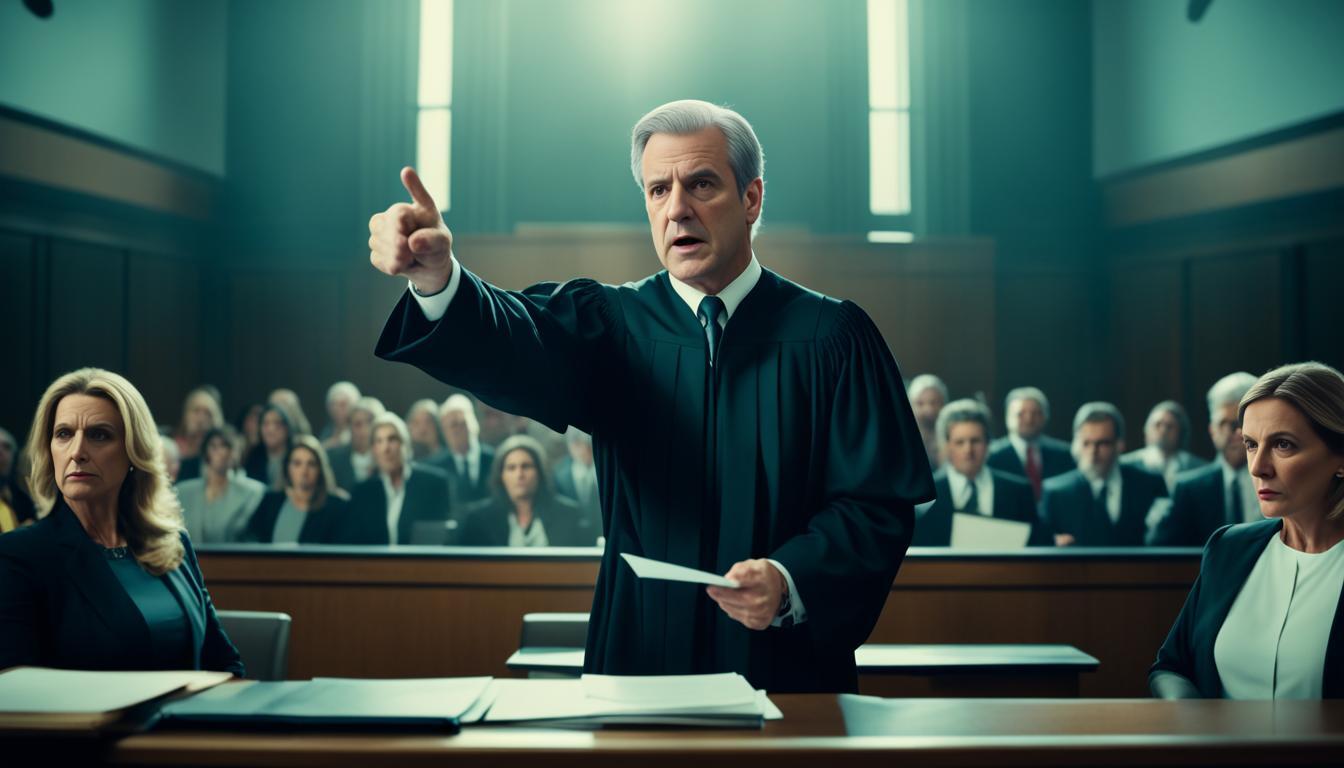
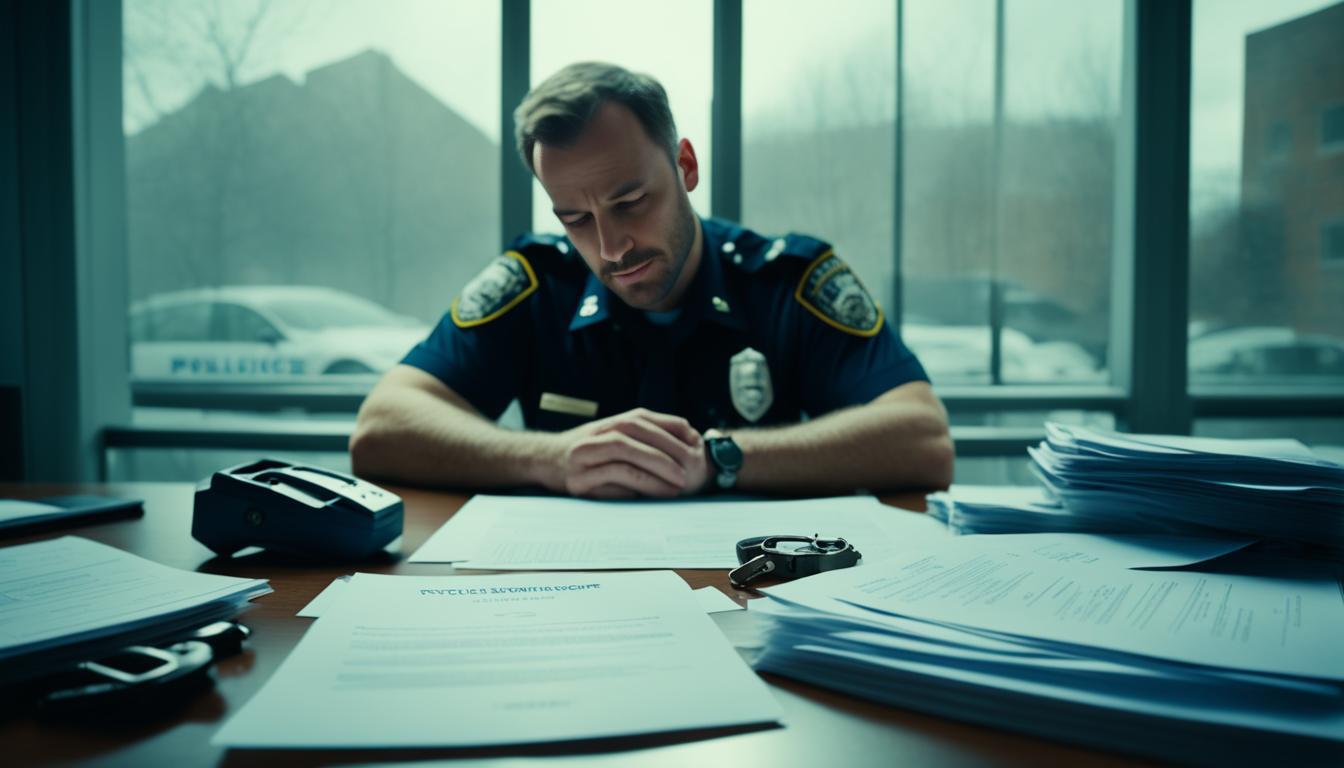



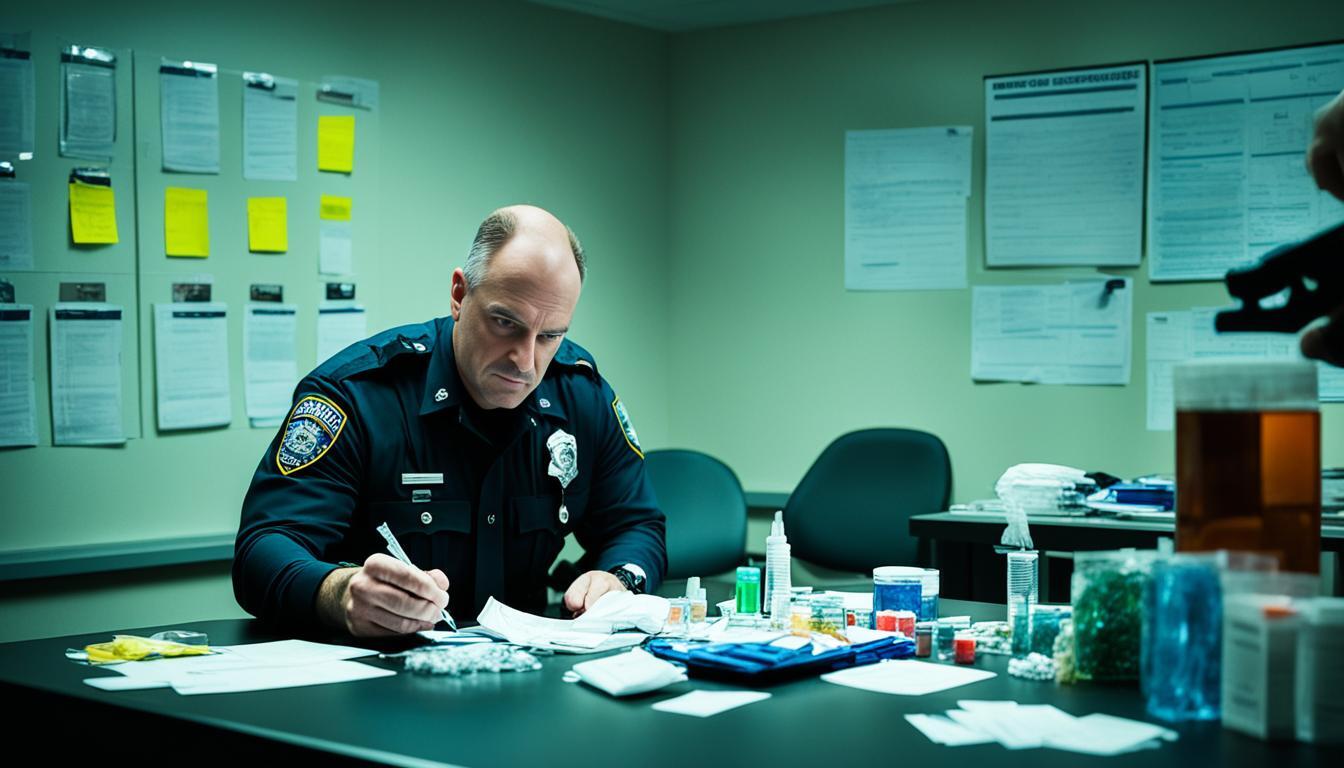

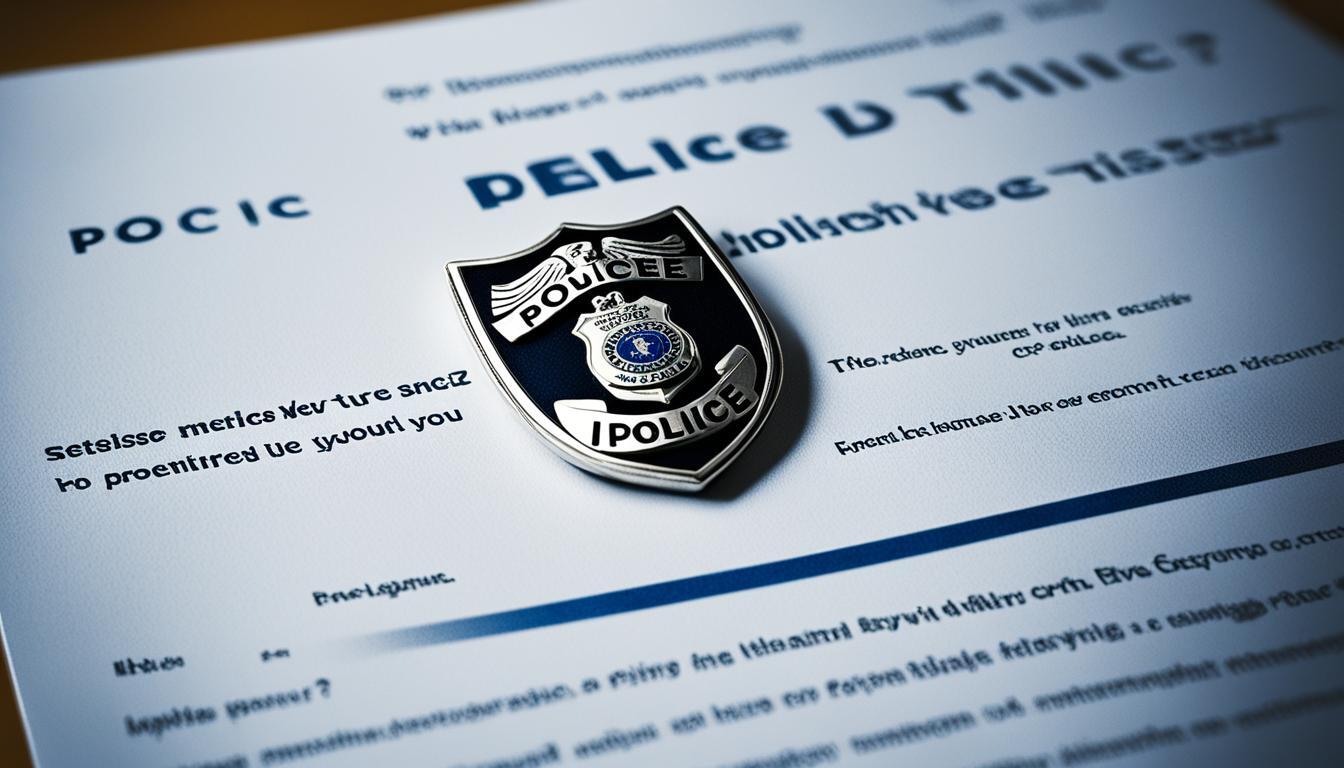


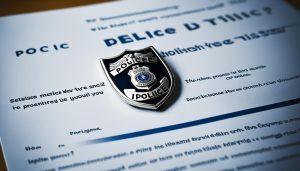








Post Comment